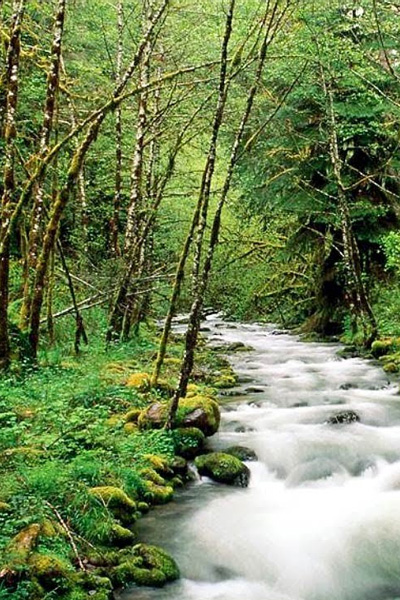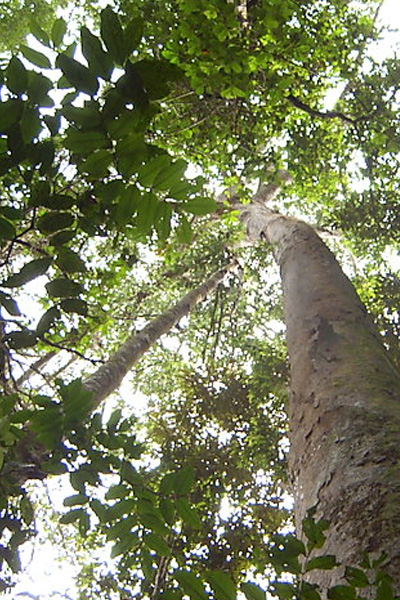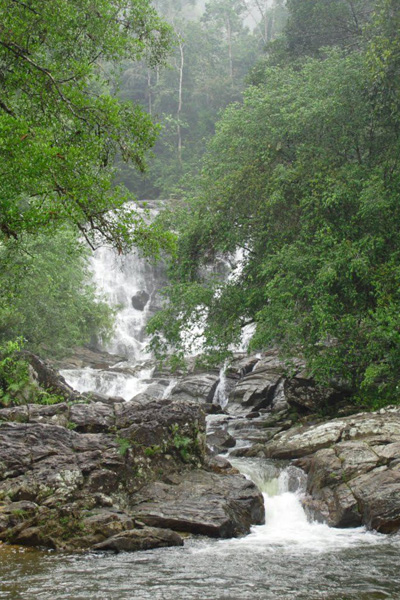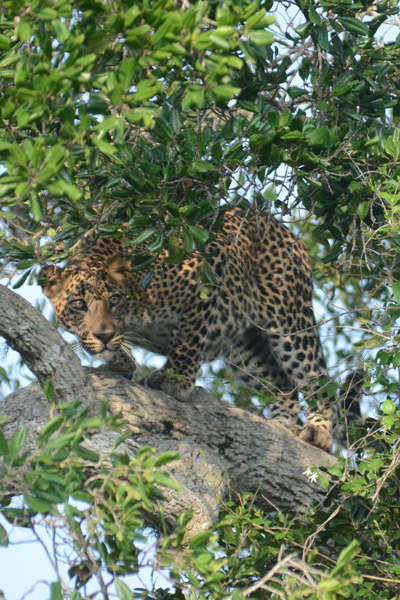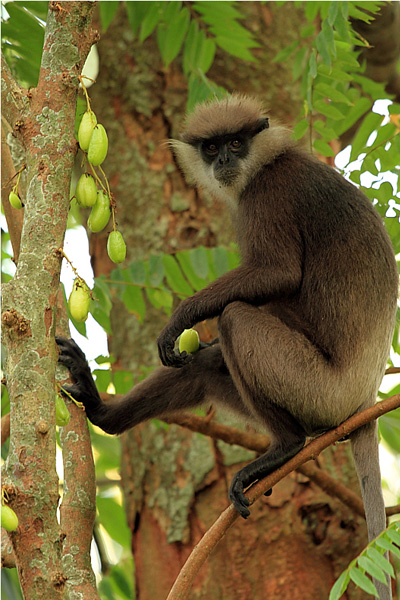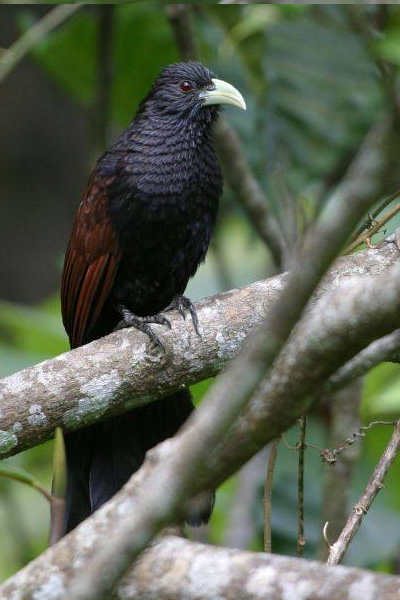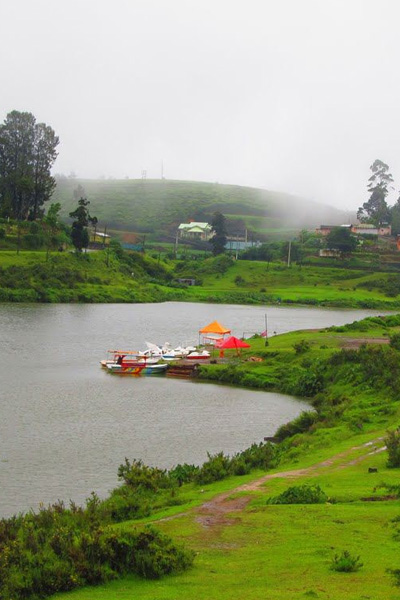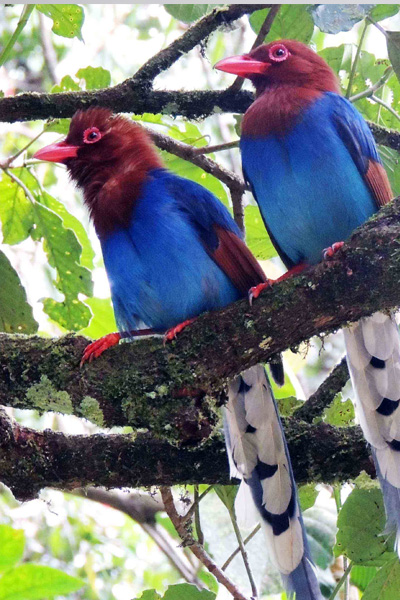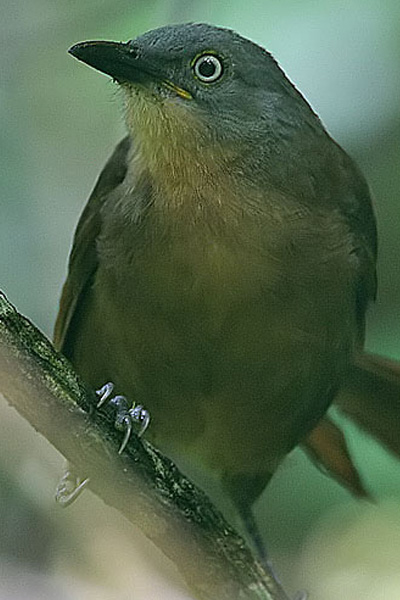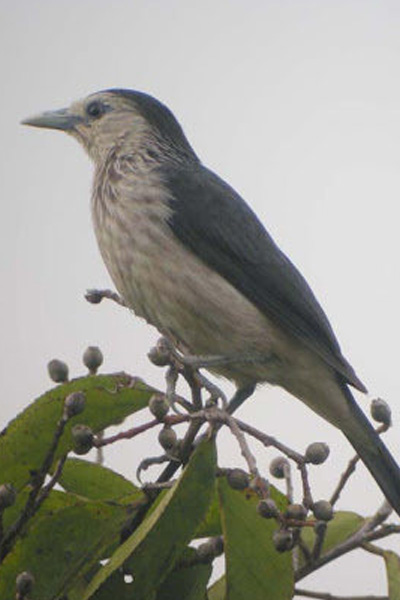

It is of international significance and has been designated a Biosphere Reserve and a World Heritage Natural Site by UNESCO. Singharaja is a national park and a biodiversity hotspot located in south-west, Sabaragamuwa & Southern Province of Sri Lanka
Sinharaja is the country's last viable area of primary tropical rainforest. It spans over an area of 11,250 hectares of forest land. The elevation of the forest expands from 90 to 1170 meters from sea level. Annual rainfall over the last 60 years has ranged from 3614 - 5006 mm with most of the precipitation during the south-west monsoon (May-July) and the north-east monsoon (November- January).
NuMore than 60% of the trees are endemic and many of them are considered rare. There is much endemic wildlife, especially birds, but the reserve is also home to over 50% of Sri Lanka's endemic species of mammals and butterflies, as well as many kinds of insects, reptiles and rare amphibians.
Commonly sighted animals include the giant squirrel, dusky-stripped jungle squirrel, purple-faced monkey and torque macaque. The red-faced malkoha, green-billed caucal, blue magpie and Sri Lankan spur fowl are some of the endemic birds seen within this forest reserve. Out of 26 endemic birds, 20 rainforest species can all be seen here. A variety of wild orchids abound in it.
